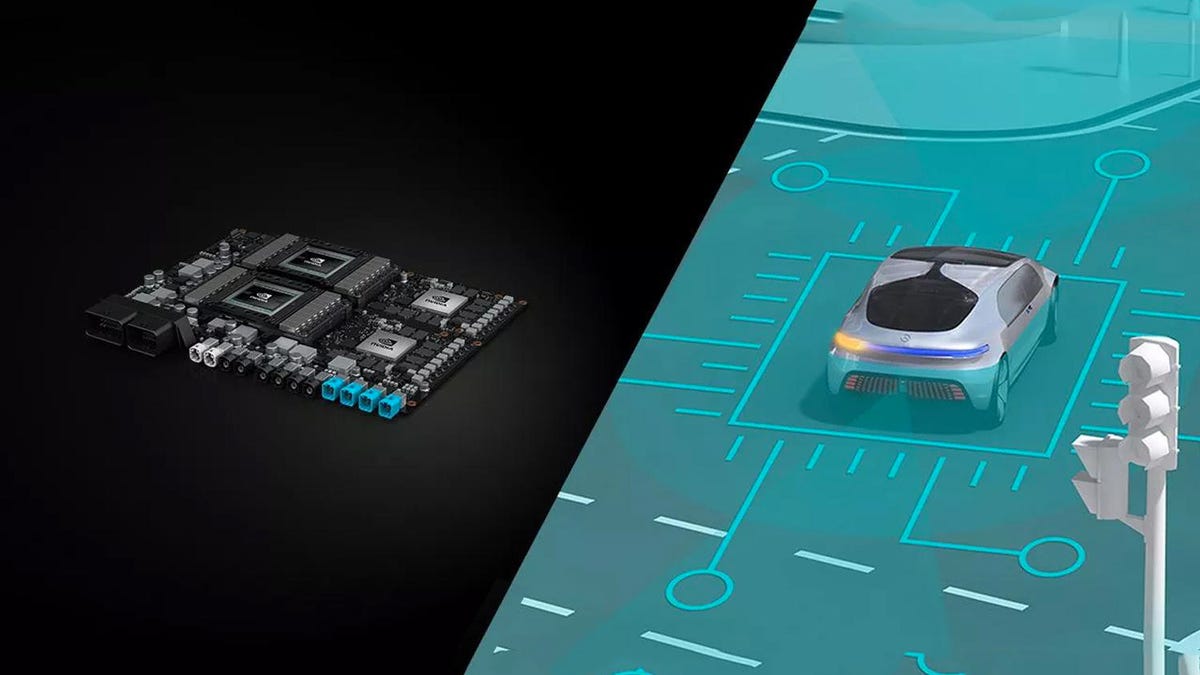Bosch, Daimler will bring self-driving taxis to Silicon Valley
They'll rely on Nvidia's AV hardware to keep the shiny side up.
Silicon Valley will soon have even more autonomous vehicles littering its landscape.
Bosch and Daimler announced this week that they will work to bring self-driving taxis to the Silicon Valley area, Automotive News reports. It was part of a discussion of a growing partnership that will see the supplier and automaker team up with chipmaker Nvidia for its future self-driving vehicles.
The autonomous taxis will reportedly arrive next year and will be capable of proper autonomy. In the interest of safety, however, the vehicles will still pack a steering wheel and a safety driver. Neither company would say during its announcement how many self-driving taxis will be in its fleet, and whether the two have plans to expand beyond California.
The rides will be free, but they will only operate on select routes. Riders will hail one of these self-driving taxis using a mobility app from Daimler. The automaker has not yet decided which of its vehicles will serve as the basis for the taxi, onto which Bosch's AV hardware will be fitted, but it used both B-Class and S-Class vehicles during development.
This whole setup will live atop the bones of Nvidia's Drive Pegasus AI platform, which is capable of performing 320 trillion operations per second at full power -- with only 1 watt of power, it can still crank out 1 trillion operations per second. That's the kind of processing power self-driving cars need as they take in data from cameras, lidar, ultrasonic sensors and attempt to crunch it together to create a map of the world around the vehicle.


